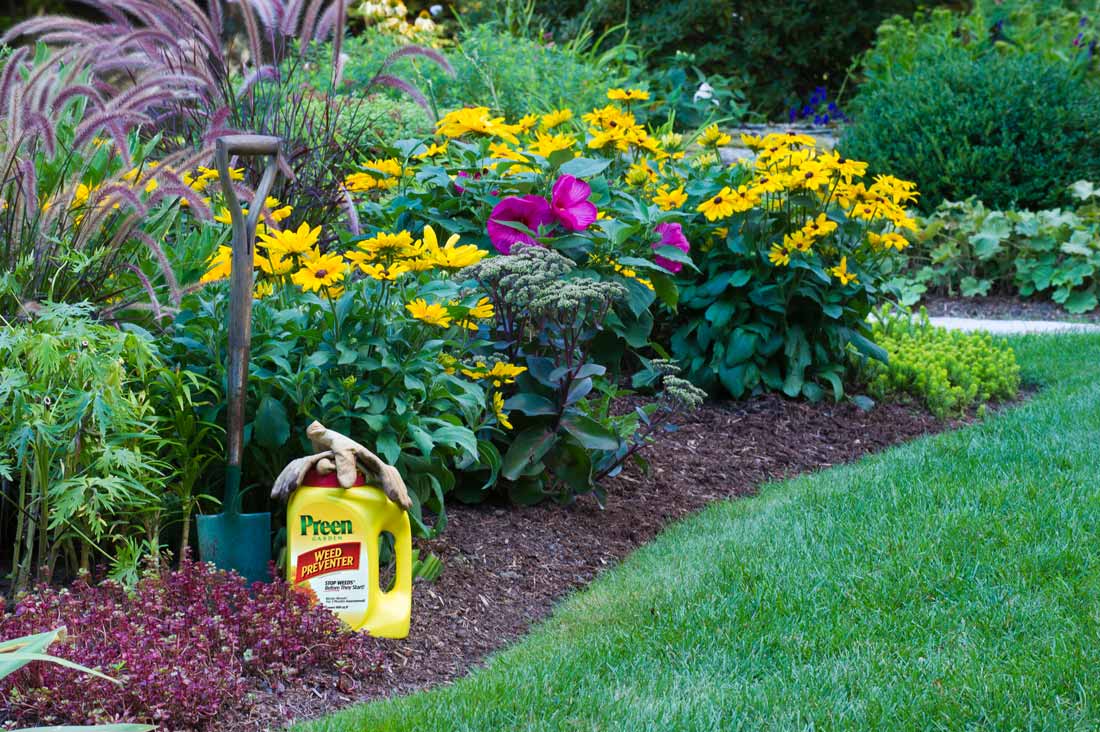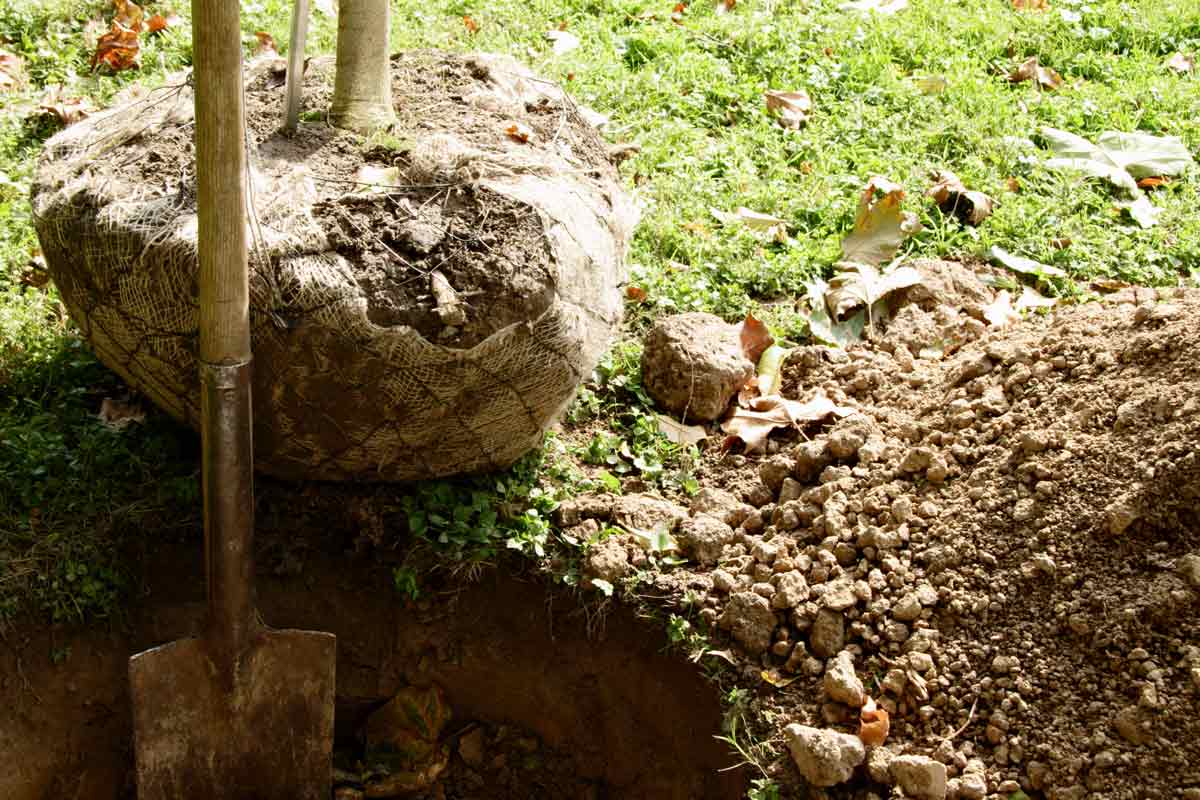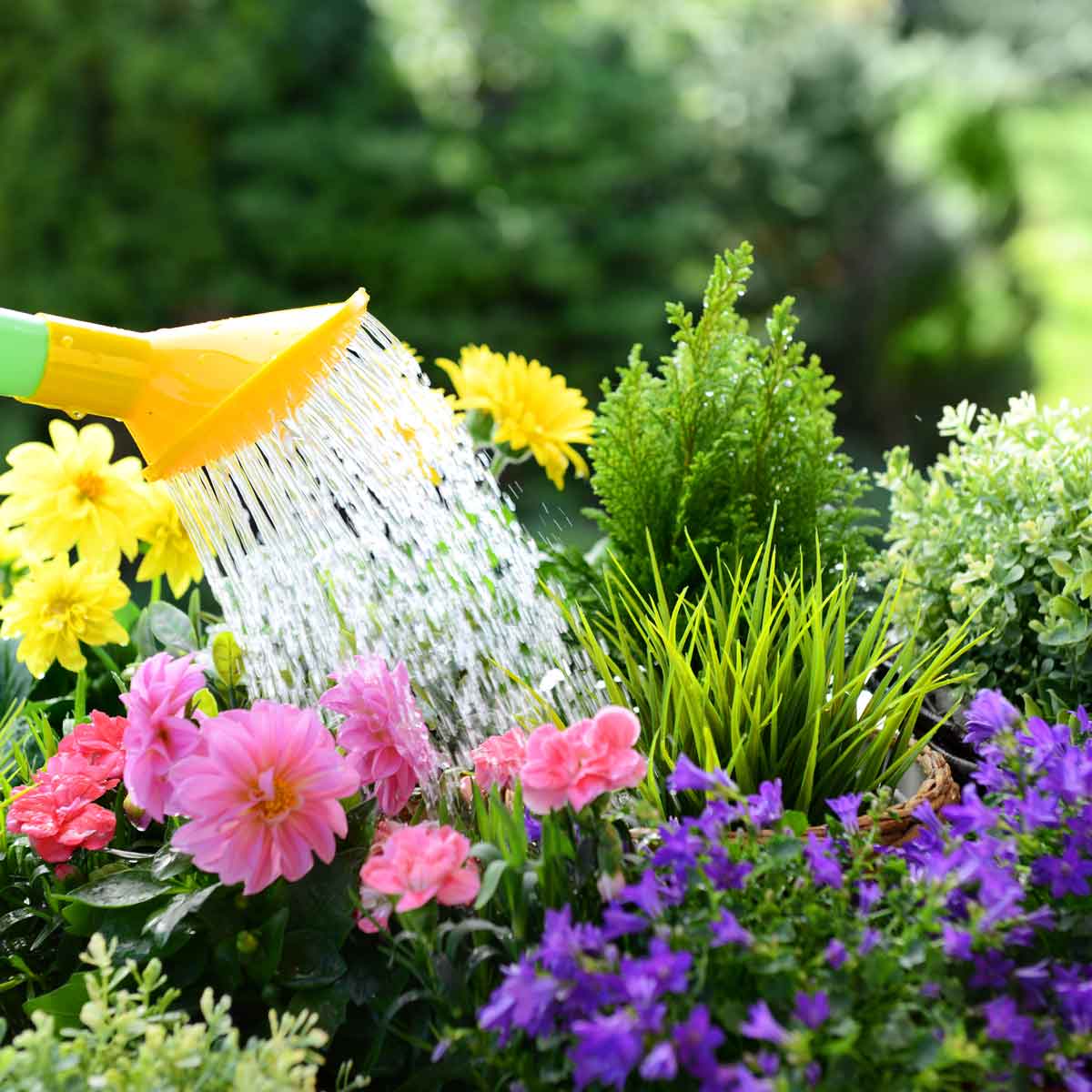Woe is My Landscape: 5 Common Yard Problems and How to Solve Them
Here are the top five landscape problems with ideas for solving them.
Common mistakes when landscaping

Did you know that if you have soil with high clay, shale, rock, and/or sand content, it can stunt the growth of, or kill your plants? Improve your entire planting bed by loosening the existing soil to 10 to 12 inches deep, then working two to three inches of organic matter into it. Good choices include compost, mushroom soil, and/or bagged planting mix or peat moss from the garden center.
Plants aren’t all equal performers. Some are finicky, while some are foolproof. When choosing plants for your landscape, get recommendations from plant-smart friends, garden centers, your local garden nursery, or research online. Taking time to learn where plants will be happiest in your landscape will make sure they end up in the right spot in your yard.
Consider these simple questions in selecting new plants:
Plants come in various textures, varieties, and most important: size. It is important to think about what the plant will look like and how large it will be when it reaches maturity, and not how they look when first purchased.
A great rule of thumb to get plant spacing right:
Planting too deep can cause plants to die from lack of oxygen. Before planting, identify the plant’s “root flare,” which is the area at the base of the trunk where it begins to slightly widen. Plant so that this flare is just above the ground.
Be aware that potted and balled-and-burlapped plants are often already planted too deeply in their pots and bags. You may need to remove soil to expose the flare.

Plant a tree or shrub so that its “root flare” – where the trunk starts to widen as its transitions into the roots – is just above ground
Plants can be fatally affected by both too little water, and too much. Water needs vary by soil type, plant size, weather, and other factors.
Established perennials, lawns, trees and shrubs can go several weeks without watering. Newly planted lawns and plants should be given one inch of water every week to 10 days for the first two to three years. The goal is to water enough to ensure healthy plants, good food and flower production, and a beautiful landscape.

Over or under-watering can affect your plants. Newly planted lawns and plants should be given one inch of water every week to 10 days.
elenaleonova / iStock / Getty Images Plus
Weeds can be detrimental to your flower and vegetable gardens, in-ground covers and around trees and shrubs. If you don’t keep up with removing weeds, they will quickly fill in open areas, thus taking important nutrients away from the plants you want to thrive. There is an easy way to combat this: weed prevention.
Preen Garden Weed Preventer can be used around over 200 established flowers, trees and shrubs, as listed on the product label. Simply remove existing weeds from the garden or landscape area, sprinkle to distribute granules evenly, and water the area to activate the protective weed barrier beneath the surface. See use directions on the package for a complete list of treated weeds, and only use around established plants listed on the label.